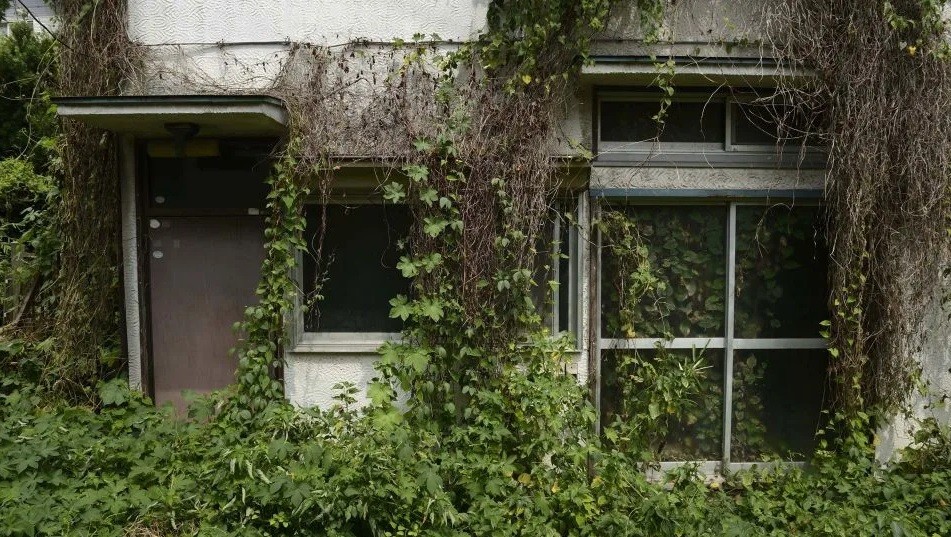09/05/2024
09/05/2024

JAPAN, May 9: The persistent issue of Japan's shrinking population has reached a new milestone as the number of vacant houses in the country skyrockets to an unprecedented nine million. This staggering figure, equivalent to the entire population of New York City, underscores the profound challenges posed by Japan's demographic crisis.
Termed "akiya" in Japan, these abandoned residences, traditionally associated with rural areas, are now increasingly prevalent in major cities like Tokyo and Kyoto. This shift presents a multifaceted challenge for the Japanese government, already contending with an aging populace and declining birth rates.
Jeffrey Hall, a lecturer at Kanda University of International Studies, attributes the surge in vacant homes to Japan's population decline, emphasizing that the root cause lies in the diminishing number of residents rather than an oversupply of housing.
According to data compiled by the Ministry of Internal Affairs and Communications, vacant residential properties now constitute 14% of all homes in Japan. These vacancies encompass not only second homes but also properties temporarily deserted due to factors like overseas work assignments.
While not all vacant homes fall into disrepair like traditional akiya, the growing prevalence of abandoned properties poses numerous challenges. These include hindering efforts to revitalize declining communities, posing safety hazards due to inadequate maintenance, and complicating disaster response efforts in earthquake-prone regions.
The phenomenon of vacant homes is exacerbated by Japan's declining birth rate and generational shifts. With fewer heirs to inherit properties and younger generations migrating to urban centers, many homes are left in a state of limbo, complicating efforts to rejuvenate rural areas.
Despite government initiatives to incentivize property redevelopment, bureaucratic hurdles and poor record-keeping often impede progress. Consequently, many owners opt to retain their properties rather than undertake costly demolition projects.
While trending videos showcasing the renovation of cheap Japanese homes have gained traction on social media, experts caution that the reality is far more complex. Language barriers, administrative complexities, and infrastructural limitations often deter prospective buyers, particularly foreigners.
The demographic challenges facing Japan are underscored by its shrinking population, with birth rates reaching record lows in recent years. As the disparity between housing supply and demand persists, the problem of vacant homes is poised to endure, presenting ongoing obstacles to community development and disaster preparedness efforts.


